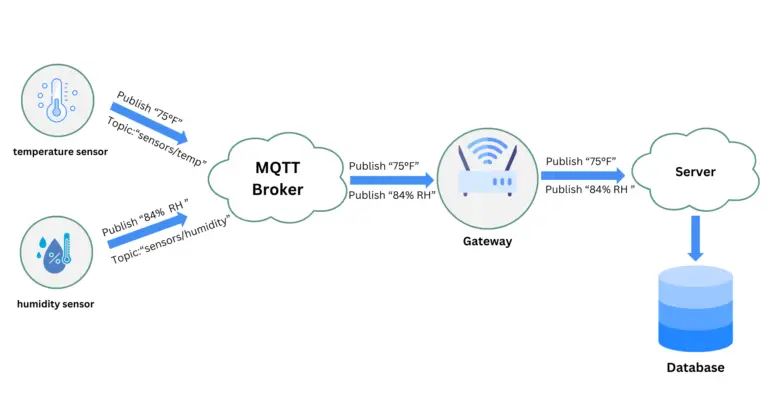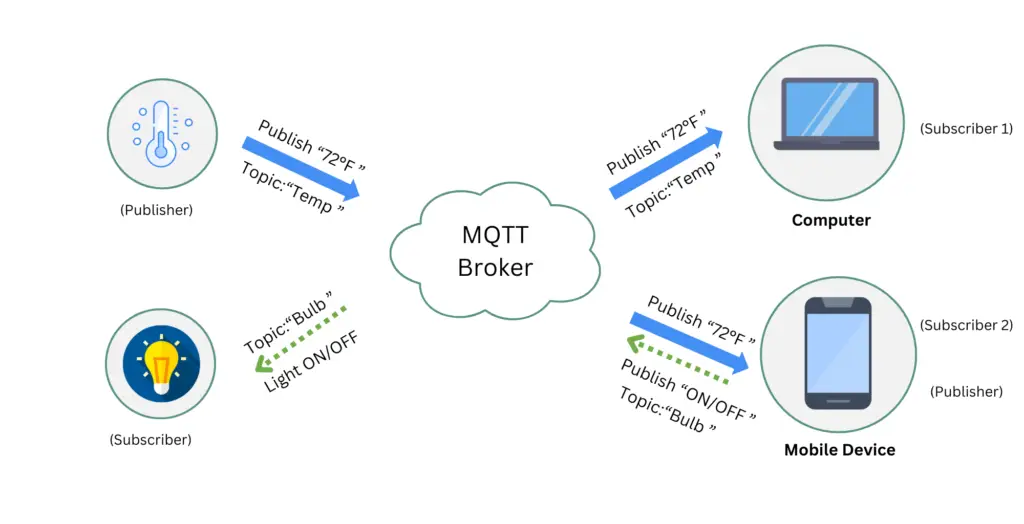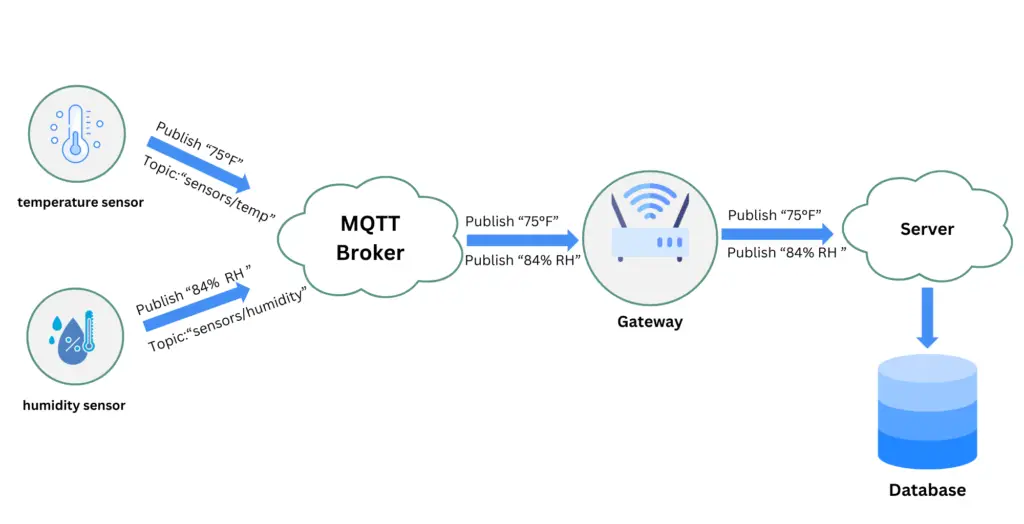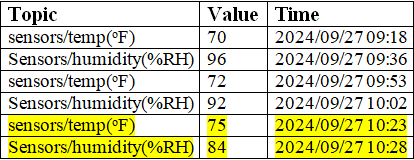Storing MQTT Data in a Database: A Comprehensive Guide


Introduction to MQTT
MQTT (Message Queuing Telemetry Transport) is a lightweight messaging protocol widely used in IoT (Internet of Things) systems for device-to-device or device-to-cloud communication. MQTT operates on a publish/subscribe model, where devices (clients) publish data to an MQTT broker, and the broker distributes the data to subscribed clients. It often needs to be stored in a database to leverage MQTT data for further analysis, reporting, or control.

Why Store MQTT Data in a Database?
Storing MQTT data in a database allows for:
- Historical Data Analysis: The ability to analyse patterns, trends, and perform predictive analytics on IoT data.
- Real-time Monitoring: Storing and accessing real-time data from sensors and devices for immediate feedback or control actions.
- Data Integration: Centralising data from multiple devices or systems into a single source of truth for easier management and integration with other applications.
- Persistent Data Storage: Ensuring data is not lost after being published to the broker but is stored permanently for future access.
Process Overview: Storing MQTT Data in a Database
The general steps to store MQTT data in a database are as follows:
1. Connect to MQTT Broker
◆ Establish a connection to an MQTT broker where devices are publishing data. You can use popular brokers like Mosquitto, HiveMQ, or your own hosted broker.
2. Subscribe to Relevant Topics
◆ Identify the topics that contain the data you want to store. Subscribe to these topics using a client that will handle the database storage.
3. Receive MQTT Messages
◆ Upon subscription, your client will start receiving messages published to the subscribed topics. Each message will contain a payload with the data.
4. Process the Data
◆ Parse the MQTT message payload. The payload could be in formats like JSON, XML, or plain text, depending on the device or application.
5. Insert Data into the Database
◆ After processing the data, you can insert it into your database. Commonly used databases include:
●SQL Databases (e.g., MySQL, PostgreSQL): Ideal for structured data, where relationships between entities are important.
●NoSQL Databases (e.g., MongoDB, InfluxDB): Useful for unstructured data, high write throughput, and time-series data.
6. Perform Error Handling and Logging
◆ Implement error handling and logging to ensure data integrity and manage issues such as failed connections, malformed messages, or database insert errors.
Example: Storing MQTT Data in MySQL
Scenario: You have an IoT system that publishes temperature and humidity data from multiple sensors to an MQTT broker. You want to store this data in a MySQL database for future analysis.

MySQL Database table

Steps:
1. Setup MySQL Database
sql
CREATE DATABASE iot_data;
USE iot_data;
CREATE TABLE sensor_data (
id INT AUTO_INCREMENT PRIMARY KEY,
Topic varchar(100),
Value FLOAT,
Time DATETIME
);
2. Subscribe to MQTT Topics
Set up a Python script that subscribes to the sensors/temperature and sensors/humidity topics and stores the data in the MySQL database.
Python code
import paho.mqtt.client as mqtt
import mysql.connector
import json
from datetime import datetime
# Connect to MySQL
db = mysql.connector.connect(
host=”localhost”,
user=”your_username”,
password=”your_password”,
database=”iot_data”
)
cursor = db.cursor()
# MQTT callback for when a message is received
def on_message(client, userdata, message):
# Parse the payload
payload = json.loads(message.payload.decode(‘utf-8’))
# Extract data
topic = payload[‘topic’]
value = payload[‘value’]
timestamp = datetime.now()
# Insert data into the MySQL table
sql = “INSERT INTO sensor_data (topic, value, time) VALUES (%s, %s, %s)”
val = (topic, value, timestamp)
cursor.execute(sql, val)
db.commit()
# MQTT client setup
client = mqtt.Client()
client.on_message = on_message
client.connect(“mqtt_broker_address”, 1883, 60)
# Subscribe to relevant topics
client.subscribe(“sensors/temp”)
client.subscribe(“sensors/humidity”)
# Start the MQTT loop
client.loop_forever()
Data Flow:
1. IoT Device publishes temperature and humidity data to the sensors/temp and sensors/humidity topics on the MQTT broker.
2. Python Script subscribes to these topics, receives the messages, and parses the data.
3. MySQL Database stores the parsed data, maintaining a record of sensor readings over time.
json
{
“temp”: 75,
“humidity”: 84
}
Conclusion
At Ioscape, we specialize in building scalable IoT platforms that integrate MQTT for seamless communication and data storage. By using cutting-edge technologies such as SQL databases for structured data or relational databases like MySQL, we ensure that our IoT solutions offer real-time monitoring, analytics, and long-term data retention. Whether you need a simple storage solution or a complex data-driven platform, our expertise enables businesses to harness the full potential of IoT data for innovation and operational efficiency.
Follow Us
Lorem ipsum dolor sit amet, consectetur adipiscing elit. Ut elit tellus, luctus nec ullamcorper mattis, pulvinar dapibus leo.